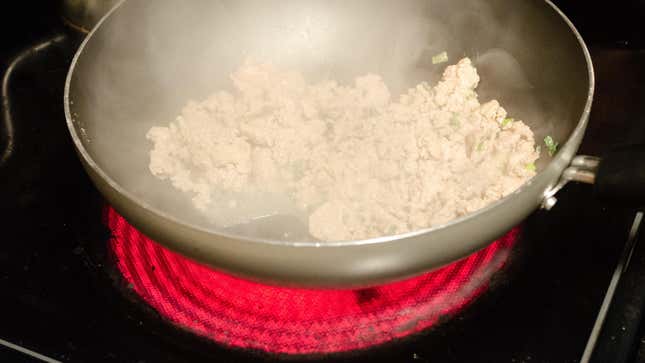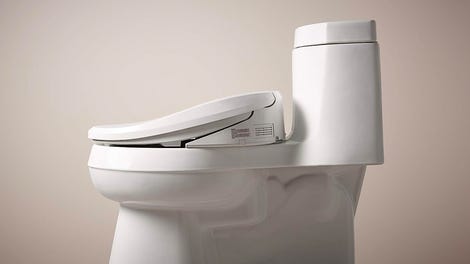
If you are a clean-as-you-go type of cook, or you simply cannot handle mess in the kitchen, you may be in the habit of wiping up spills on your stove as soon as they happen. While that may seem like the best move to prevent food from drying (and therefore harder to get off later), it’s actually not great for you or your cooktop.
Here’s why you should wait until the surface has cooled before cleaning—and how to go about it.
Why wait until the stove cools?
Trying to clean on or around burners that are on or still hot obviously puts you at risk of burning yourself or catching a rag, sponge, or paper towel on fire. Plus, cleaning solutions sprayed on hot surfaces may vaporize, which isn’t great for your lungs and honestly may not get the job done as well.
Cleaning products can damage the finish on glass stovetops if burned, leaving permanent marks, and synthetic rag fibers may melt onto the surface. There’s also a higher risk of cracking the glass while it’s hot.
What you should do instead
Burners should obviously be off before you try to clean around them to reduce the risk of flames or burns. Then, wait at least a few minutes until the burner and surface around it is no longer hot to the touch.
For induction stoves and electric glass cooktops, wait until the temperature sensor or hot surface light turns off before cleaning.
Of course, exceptions may be made for major spills. If something boils over or a significant amount of food is spreading across your stove, remove the pot or pan to a safe surface, turn off the burner, and use a cloth (less polyester is better) with warm water to clean up what you can.
